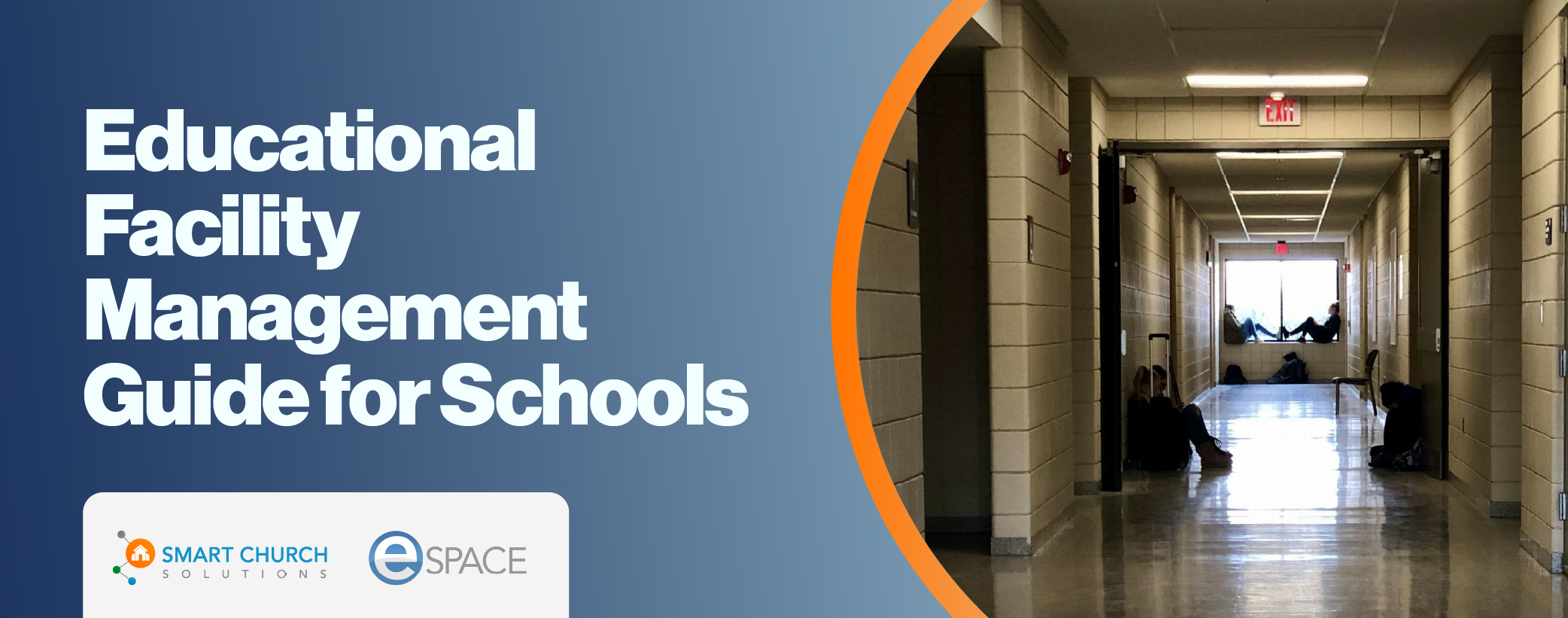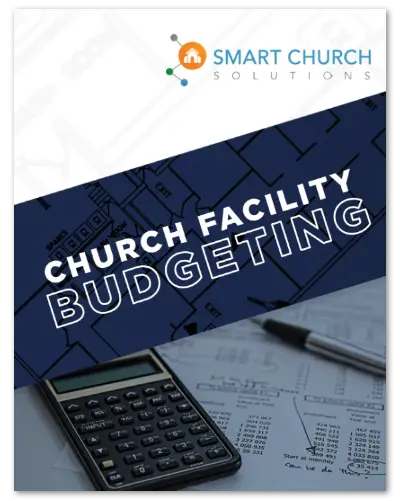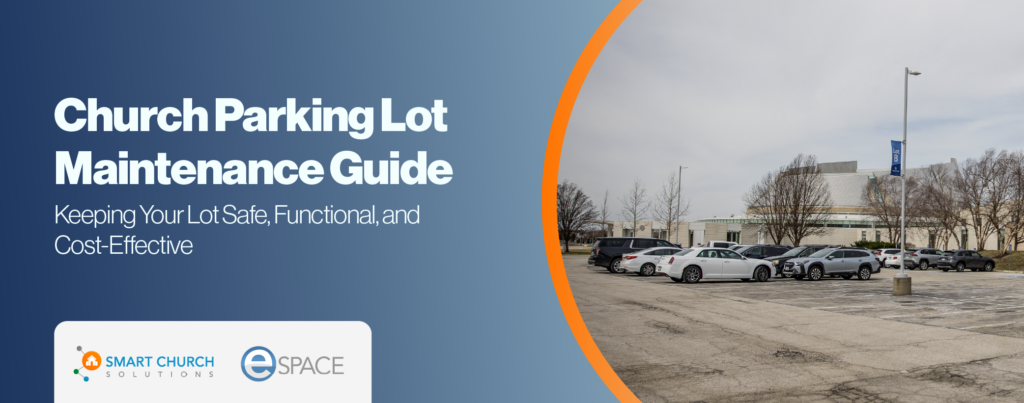Effectively managing school facilities is essential for fostering a safe, healthy, and productive learning environment. A well-maintained campus not only enhances student and staff comfort but also supports academic success by minimizing disruptions and ensuring operational efficiency. This guide outlines key best practices for maintaining school facilities, with a focus on maintenance strategies, safety protocols, sustainability efforts, and budget planning.
Facility Maintenance: Keeping Schools in Top Condition
Proper maintenance is the foundation of a well-functioning school facility. A proactive approach helps prevent costly repairs, extends the lifespan of infrastructure, and ensures a safe environment for students and staff.
Preventive Maintenance: Staying Ahead of Problems
Preventive maintenance involves scheduled inspections and routine tasks designed to keep facilities in optimal condition. Key areas include:
- HVAC Systems: Regularly inspect and service heating, ventilation, and air conditioning systems to ensure optimal indoor air quality and temperature control.
- Plumbing: Check for leaks, blockages, and water quality issues. Regularly service restrooms, kitchens, and drinking water systems.
- Electrical Systems: Inspect wiring, outlets, and lighting systems to prevent electrical hazards.
- Roof and Structure: Regularly inspect the roof, walls, and foundation for signs of wear and tear. Address any issues immediately to prevent further damage.
Corrective Maintenance: Addressing Issues Efficiently
Even with proactive measures, unexpected issues will arise. A well-structured corrective maintenance plan ensures swift responses and minimal disruptions to school operations.
- Establish a Clear Reporting System: Implement a streamlined process for faculty and staff to report maintenance concerns.
- Prioritize Repairs Based on Impact: Address issues that affect safety, learning conditions, and essential operations first.
- Track and Analyze Maintenance Data: Use facility management software to monitor repair trends and allocate resources effectively.
Safety and Security: Protecting Students and Staff
A secure school environment is essential for student success and staff well-being. Implementing strong safety measures not only protects against potential threats but also fosters a sense of confidence and peace of mind within the school community.
Fire Safety: Preventing and Responding to Emergencies
Fires can spread rapidly, making proactive fire safety measures critical. Schools should:
- Install and Maintain Fire Protection Systems: Ensure fire alarms, extinguishers, and sprinkler systems are regularly inspected and fully operational.
- Conduct Regular Fire Drills: Train students and staff on evacuation procedures to ensure a swift, organized response in an emergency.
- Ensure Clear Signage and Accessible Exits: Mark evacuation routes clearly and keep exits unobstructed for quick and safe egress.
Access Control: Managing Entry Points for Security
Controlling who enters and exits school grounds is a key aspect of facility security. Best practices include:
- Implementing Secure Entry Systems: Use key cards, biometric access, or secure entry checkpoints to limit access to authorized personnel only.
- Monitoring Entry and Exit Points: Install security cameras at key locations and monitor them actively.
- Managing Visitor Access: Require visitor check-ins, maintain detailed visitor logs, and ensure all guests are accompanied while on campus.
Emergency Preparedness: Planning for the Unexpected
Schools must be prepared to handle various emergencies, from natural disasters to security threats. A comprehensive emergency plan should include:
- A Well-Defined Response Plan: Outline clear procedures for various emergency scenarios, including lockdowns, severe weather, and medical incidents.
- Routine Emergency Drills: Regularly practice response protocols with students and staff to build confidence and readiness.
- Stocking Emergency Supplies: Equip buildings with essentials like first aid kits, flashlights, backup power sources, and communication tools for crises.
Sustainability: Creating an Eco-Friendly Learning Environment
Sustainable facility management reduces costs and promotes environmental responsibility among students and staff. Schools can significantly minimize their ecological footprint by implementing energy-efficient systems, conserving water, and managing waste effectively.
Energy Efficiency: Reducing Consumption and Costs
Energy-efficient practices help schools lower utility expenses while supporting sustainability goals. Key strategies include:
- Upgrading to LED Lighting: Replace outdated bulbs with LEDs to reduce energy consumption and extend lifespan. Encourage staff and students to turn off lights when rooms are not in use.
- Optimizing HVAC Performance: Use programmable thermostats, schedule regular maintenance, and seal windows and doors to improve heating and cooling efficiency.
- Exploring Renewable Energy: Consider solar panels or other renewable energy sources to offset electricity costs and contribute to a greener campus.
Water Conservation: Reducing Waste and Promoting Efficiency
Water conservation measures help schools cut costs while preserving a vital resource. Best practices include:
- Installing Water-Saving Fixtures: Use low-flow faucets, toilets, and urinals to reduce unnecessary water usage.
- Addressing Leaks Promptly: Even small leaks can lead to significant water waste; establish a routine inspection and repair process.
- Utilizing Rainwater for Irrigation: Implement rainwater harvesting systems to support landscaping needs sustainably.
Waste Management: Promoting a Culture of Recycling and Reduction
Proper waste management fosters environmental responsibility and keeps school facilities clean and organized. Schools can:
- Establish a Comprehensive Recycling Program: Provide labeled bins for paper, plastics, and other recyclables, and educate students and staff on proper sorting.
- Go Digital to Reduce Paper Waste: Shift to electronic communication, digital records, and e-learning tools to reduce paper usage.
- Compost Organic Waste: Implement composting programs for cafeteria scraps and garden waste to support sustainability efforts.
Budgeting and Financial Management: Maximizing Resources for Facility Success
Effective budgeting and financial management ensure that school facilities remain safe, functional, and sustainable without straining resources. Careful planning, cost control, and strategic investments can help schools optimize their budgets while maintaining high-quality facilities.
Budget Planning: Creating a Roadmap for Facility Management
A well-structured budget allows schools to allocate funds efficiently and plan for both routine maintenance and major projects.
- Developing a Comprehensive Annual Budget: Account for all facility management expenses, including routine maintenance, upgrades, and emergency funds.
- Prioritizing Spending: Focus on safety, regulatory compliance, and infrastructure improvements that directly impact student learning and well-being.
- Establishing an Emergency Fund: Set aside reserves for unexpected repairs to prevent budget disruptions.
Cost Control: Reducing Expenses Without Sacrificing Quality
Cost-saving strategies help schools maintain their facilities efficiently while staying within budget.
- Reviewing Contracts and Vendor Agreements: Regularly evaluate service providers to ensure competitive pricing and high-quality service.
- Investing in Preventive Maintenance: Addressing small issues early can prevent costly emergency repairs and extend the lifespan of school assets.
- Exploring Grants and Alternative Funding: Seek government grants, private donations, and sustainability incentives to support facility improvements.
Technology Integration
Integrating technology into facility management enhances efficiency, reduces costs, and improves overall school operations. By leveraging modern systems, schools can automate key processes, streamline maintenance, and ensure optimal resource allocation.
Building Management Systems (BMS)
Implementing a Building Management System (BMS) allows schools to automate and monitor critical infrastructure such as HVAC, lighting, and security. By collecting real-time data, BMS helps optimize energy consumption, detect inefficiencies, and identify maintenance needs before they escalate into costly issues. Schools that leverage BMS can improve indoor air quality, maintain comfortable learning environments, and enhance overall facility security with minimal manual intervention.
Asset Management
Effective asset management ensures that schools can efficiently track and maintain their resources. A digital inventory of all assets—including furniture, equipment, and technology—allows administrators to monitor usage, schedule routine maintenance, and track warranties.
Asset management software simplifies this process by providing alerts for upcoming maintenance, replacement cycles, and budget forecasting. By proactively managing assets, schools can extend the lifespan of critical resources, reduce unexpected expenses, and ensure that classrooms remain well-equipped for learning.
Regulatory Compliance
Ensuring compliance with local, state, and federal regulations is a fundamental responsibility in school facility management. Adhering to health, safety, and accessibility standards protects students and staff and helps schools avoid legal and financial penalties.
Health and Safety Regulations
Schools must adhere to local, state, and federal health and safety regulations to create a secure and compliant learning environment. Regular facility inspections help identify potential hazards and ensure compliance with fire safety, sanitation, and building codes.
Certifications and routine audits should be conducted to confirm that fire suppression systems, emergency exits, and hygiene standards meet the required guidelines. Schools can minimize risks and maintain a safe space for students, staff, and visitors by staying proactive in regulatory compliance.
Accessibility
Providing an inclusive environment for all students and staff is essential. Schools should ensure that buildings, classrooms, and common areas comply with the Americans with Disabilities Act (ADA) or relevant local accessibility regulations. This includes installing ramps, elevators, accessible restrooms, and adequately marked signage.
Regular reviews and updates to facilities help accommodate individuals with disabilities and ensure equal access to education, reinforcing the school’s commitment to inclusivity and compliance.
Community Engagement
A well-managed school facility is not just for students and staff—it is a vital part of the broader community. Engaging stakeholders in facility management fosters a sense of ownership and collaboration, leading to better-maintained and more sustainable schools. Schools can enhance their facilities by involving students, parents, and staff in decision-making and forming partnerships with local organizations while strengthening community ties.
Stakeholder Involvement
Involving students, staff, and parents in decisions regarding facility improvements and maintenance creates a collaborative atmosphere. Gathering input through surveys and meetings ensures that the needs and concerns of the school community are addressed. This inclusive approach improves the school environment and helps build a sense of ownership and pride among those who use the facilities.
Partnerships
Partnering with local businesses and organizations can be an effective way to enhance school facilities. For example, working with local landscaping companies for grounds maintenance or partnering with volunteers for painting projects can help reduce costs and foster a sense of community investment. Additionally, engaging the community in sustainability initiatives, such as organizing recycling drives or promoting energy conservation programs, can create a culture of environmental responsibility while benefiting the school and surrounding area.
Conclusion
Effective facility management creates a safe, healthy, and productive learning environment. By implementing best practices in maintenance, safety, sustainability, and financial management, schools can ensure their facilities support the educational mission while being cost-effective and environmentally responsible.








